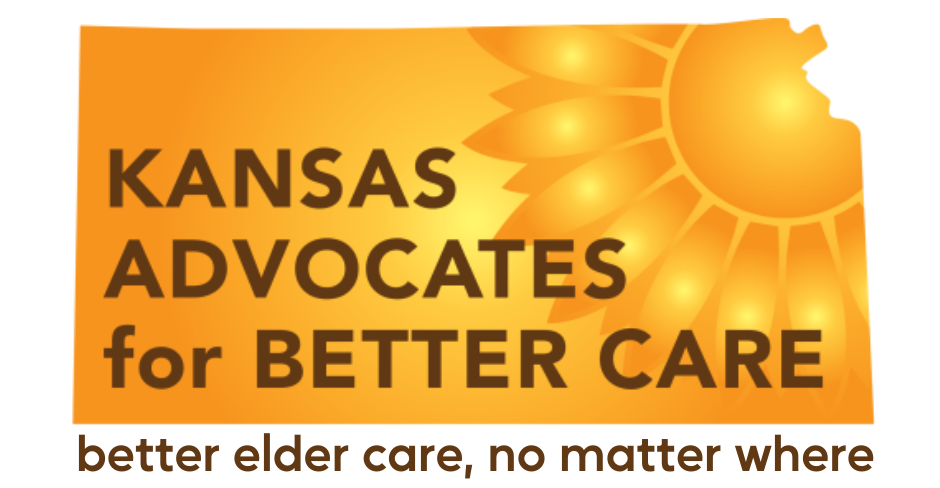Advocacy in Action (April 2024): The Abuse of Antipsychotic Medication
The latest data from the Long-Term Care Community Coalition paints a troubling picture of the prevalence of antipsychotic drug use among nursing home residents nationwide. Shockingly, over 250,000 residents are being administered these dangerous drugs, often without clinical justification. Antipsychotic drugs are too frequently used as chemical restraints, particularly among individuals with dementia or dementia-related diagnoses. Instead of receiving the services they are entitled to under federal law to live comfortably, residents are being sedated, robbing them of their autonomy and quality of life.
Antipsychotics are drugs that are used to treat symptoms of psychosissuch as delusions (for example, hearing voices), hallucinations, paranoia, or confused thoughts. They are used in the treatment of schizophrenia, severe depression and severe anxiety.
In Kansas, the situation is no less alarming. Approximately 117 nursing facilities out of 300 in our state have 20% or more of their residents on antipsychotic medication. CMS Region 7 (serves Iowa, Nebraska, Missouri, and Kansas) had the highest regional rate (24.7%). This misuse of medication not only violates the rights of residents but also puts their health and well-being at risk with potentially severe consequences.
Antipsychotic drugs are associated with a host of adverse outcomes in older adults, including heart attacks, strokes, Parkinsonism, falls, and even death. It is clear that the overuse of these drugs constitutes a serious threat to the safety and dignity of nursing home residents.
Furthermore, the data from the Long-Term Care Community Coalition underscores the need for increased oversight and accountability within the long-term care industry. The fact that non-risk-adjusted data show such a high prevalence of antipsychotic drug use, coupled with a significant increase in potentially fraudulent schizophrenia diagnoses (194% increase between 2015 and 2019), is deeply concerning.
In the "Final Report of the Kansas Senior Care Task Force to the 2023 Kansas Legislature", the Kansas Senior Care Task Force, consisting of legislative and non-legislative members, recommended leveraging technology to connect highly specialized geriatric psychiatric prescribers across the state for consultation. The task force also recommended improving upon existing standard training and education by providing targeted education for surveyors, direct care workers, providers, prescribers, long-term care providers and caregivers on the use of prescribed psychotropic medication for older adults with dementia or geriatric behavior health conditions.
We encourage all individuals to utilize the data provided by the Long-Term Care Community Coalition. In the data spreadsheet, you can filter by state and county.
Thank you for your ongoing support in our mission to advocate for the rights and well-being of those in long-term care.
Alarming Rate of Antipsychotic Drugging in US Nursing Homes






